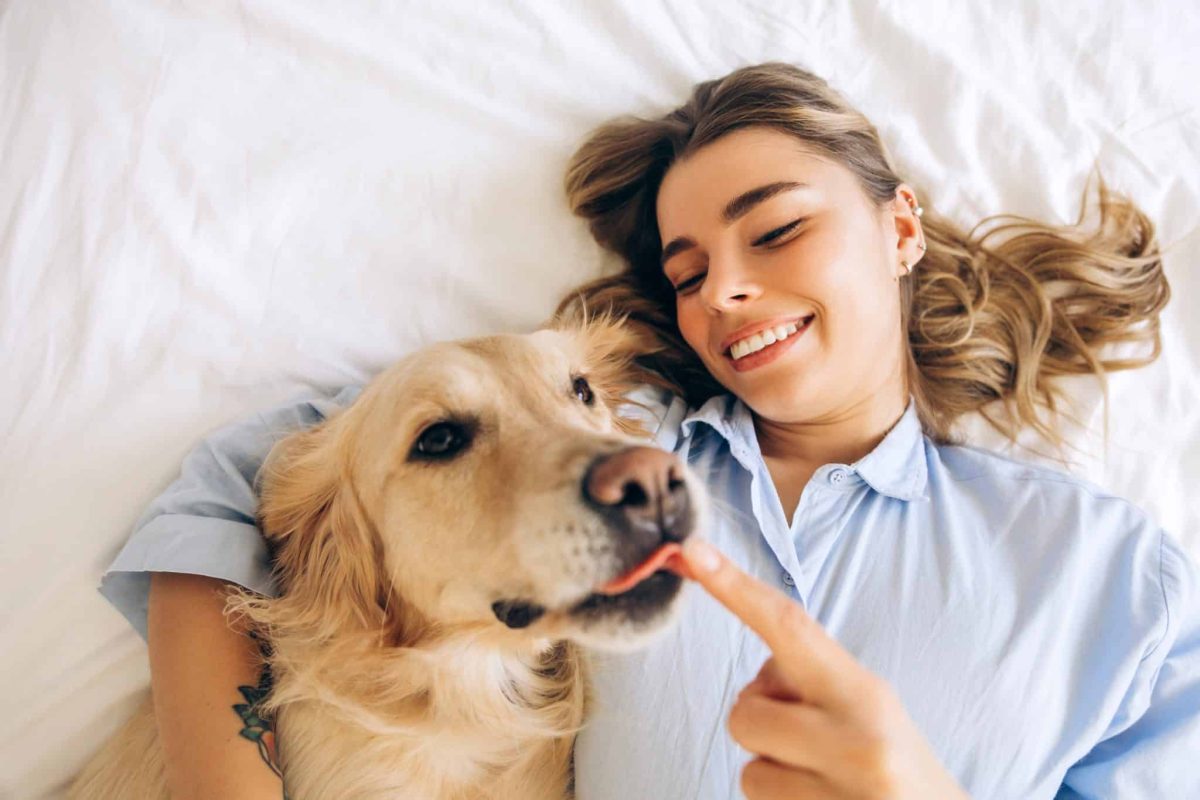 Shutterstock
Shutterstock
If you’ve ever come home to a shredded pillow or a mysteriously empty snack wrapper, you’ve probably seen that look from your dog the one that says, “Please don’t be mad.” While dogs don’t apologize like humans do, they have their own tender ways of making amends. Their gestures are quiet but telling, rooted in body language and emotional sensitivity. Understanding these signals can deepen our compassion, and maybe even soften our response to their occasional mischief.
 Shutterstock
Shutterstock
When your dog refuses to meet your gaze after doing something wrong, it’s often a sign of submission or guilt. Dogs instinctively know that eye contact can be seen as a challenge, so they turn away to avoid escalating tension. This silent sidestep is their version of a peace offering. It’s less about fear and more about asking for forgiveness.
The Classic Belly-Up Roll
 Shutterstock
Shutterstock
Rolling over and showing their belly is one of the most vulnerable positions a dog can take. It’s a sign of trust and submission, a way of saying, “I’m not a threat, please go easy on me.” This behavior isn’t just cute—it’s a deeply ingrained way dogs de-escalate after a social blunder. In their world, showing the tummy is like waving a white flag.
The Slow, Apology Tail Wag
 Shutterstock
Shutterstock
Not all tail wags mean joy. Sometimes, a dog’s tail moves slowly and hesitantly, especially when they’re unsure of your mood. This gentle wag often comes with a lowered body and sad eyes, signaling remorse or anxiety. It’s as if they’re saying, “I know I messed up—can we still be friends?”
Bringing You a Toy
 Shutterstock
Shutterstock
When a dog brings you a toy after misbehaving, it’s often an attempt to shift the energy and offer something positive. Think of it like a child handing you a drawing after breaking a vase—an attempt to reconnect. Dogs use play to reset the emotional climate. That slobbery plush isn’t just a toy, it’s an olive branch.
Cuddling Up Quietly
 Shutterstock
Shutterstock
Sometimes, dogs don’t say “sorry” with a grand gesture but by quietly curling up next to you. This kind of closeness can be their way of rebuilding the bond and reminding you they’re still your loyal companion. It’s not about demanding affection—it’s about asking for reconnection. Their presence says what words never could.
Licking Your Hand
 Shutterstock
Shutterstock
Licking is a behavior dogs use for bonding and affection, especially when they sense a disruption in harmony. A gentle lick to your hand or face can be their way of soothing you—or seeking comfort themselves. It’s a throwback to puppyhood, when licking was a way to communicate trust and connection. In moments of guilt, it becomes a silent apology.
The Guilty “Smile”
 Shutterstock
Shutterstock
Some dogs develop what looks like a sheepish grin, pulling back their lips and lowering their head. While it might look goofy, this expression is often paired with other signs of appeasement. It’s not quite a smile—it’s more like a dog’s version of an embarrassed shrug. A charming, awkward attempt to say, “Oops.”
Hovering Nearby (But Not Too Close)
 Shutterstock
Shutterstock
After doing something wrong, dogs might follow you at a cautious distance, wanting to stay near but unsure if it’s safe. This behavior reflects their desire to reconnect while respecting your space. It’s a dance of remorse, where they seek your forgiveness without pushing boundaries. Their nearness is both an apology and a question: “Are we okay?”
Yawning or Sniffing the Ground
 Shutterstock
Shutterstock
These subtle gestures are often misunderstood, but they’re forms of calming signals—ways dogs de-stress or diffuse a situation. If your dog yawns or sniffs the ground after a scolding, they may be trying to calm themselves or you. It’s not boredom—it’s emotional regulation. A quiet way of saying, “Let’s take it down a notch.”
Mimicking Calm Behaviors
 Shutterstock
Shutterstock
Dogs are masters of observation, and they often mimic behaviors they see as safe or soothing. If you’re calm, they might sit or lie down in a similar posture to show they’re no longer a threat. It’s a behavioral mirror meant to restore harmony. Like a child sitting quietly after a timeout, they’re trying to show they’ve learned their lesson.
Staying Still and Waiting
 Shutterstock
Shutterstock
Sometimes, a dog’s apology is pure stillness—frozen in place, ears back, eyes watching. It’s not fear. It’s patience and respect. They’re waiting for your cue that things are okay again. It’s a form of emotional surrender that says, “I’ll wait here until you’re ready.”
Oops, I Did It Again (But I Still Love You)
 Shutterstock
Shutterstock
Dogs may not write apology notes or say the words, but their actions speak just as clearly. Every sheepish glance, every quiet cuddle is their way of trying to repair the invisible thread that ties them to us. They don’t dwell on mistakes they just want to know they’re still loved. And honestly, isn’t that what we all want in the end?

 1 month ago
15
1 month ago
15

















 English (US) ·
English (US) ·